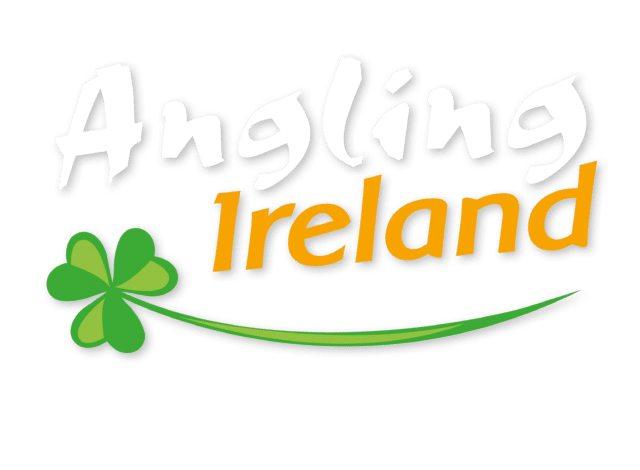Useful information and articles
Irish shore angling is among the best in Europe. Almost every type of shore fishing may be done, for a very wide range of species, throughout the year.
Storm Beaches
One of the great experiences of Irish sea-angling is to fish a west coast storm beach when a big surf is running. From a distance these strands seem to have tables of water in ascending height to seaward, each edged with foam. Close-to they are roaring tiers of surf, swelling and then pounding ashore, leaving a waste of suds in their backwash. The careful angler can wade among the breakers because the strands are for the most part shallow and safe, and enjoy there incomparable angling, equal to salmon fishing or indeed any other form of fishing. It will be necessary to get local advice on safety before fishing these beaches.
The stocks of bass, which was once the primary species sought here are now in recovery, but ray, flounder and dogfish are plentiful. A fat Kerry mackerel, big enough to fill a pan, is good eating. Tope may be caught on some of these beaches, and also off strands along the Clare, Galway and Mayo coasts. They offer magnificent sport and for that reason are now invariably returned alive. The beaches of north Wexford offer super smoothound and ray fishing in spring, while the shingle beaclies of Wicklow, and the Cork coastline produce codling in winter.
Rocky Shores
There are many miles of rocky shoreline. Two of the rock fisherman’s favourite species, pollack and wrasse are common. There is great fishing for these species from the craggy shorelines of the lovely Beara, Iveragh and Dingle peninsulas in the southwest, but they may also be caught in similar locations in the north west and south west coasts. There is also very good rock fishing off the islands, such as Valentia in the south-west, and along the Clare coast.
Harbours
There could not be a greater contrast between surf fishing and shore angling for mullet. The tope or bass are bold and vigorous. Mullet are shy fish most often seen in the quiet parts of Ireland’s shoreline. Harbours and inlets are favourite places to find them. They will glide in on the flood tide and show themselves by swirls and bow waves in the shallow flats. Catching them with float tackle and a light freshwater rod is a delicate task but can be done at will in the summer months all around Ireland’s coastline. When hooked, mullet will test both tackle and nerve; they are wonderful fighting fish.
Saltwater Fly Fishing
Saltwater Fly fishing has recently had a surge in both interest and participants. This is on the back of anglers returning from foreign trips were fly fishing in the sea is the norm, resulting in increased coverage in the angling press and specialist equipment becoming more readily available.
Many marine species will take a fly and provide anglers with another facet of the sport to enjoy. This is particularly relevant during those periods when freshwater fishing is slow. Around Ireland sea trout have traditionally been fished for in estuaries and the inshore waters. Species such as bass, mackerel, mullet, pollack and garfish will all eagerly take a well presented fly, and give a good account of themselves on fly fishing tackle.
An AFTM 8 – 10 rod is most suitable to deal with large flies, strong winds and big fish. It is also important to bare in mind the corrosive nature of sea water and use appropriate lines, reels and flies.









